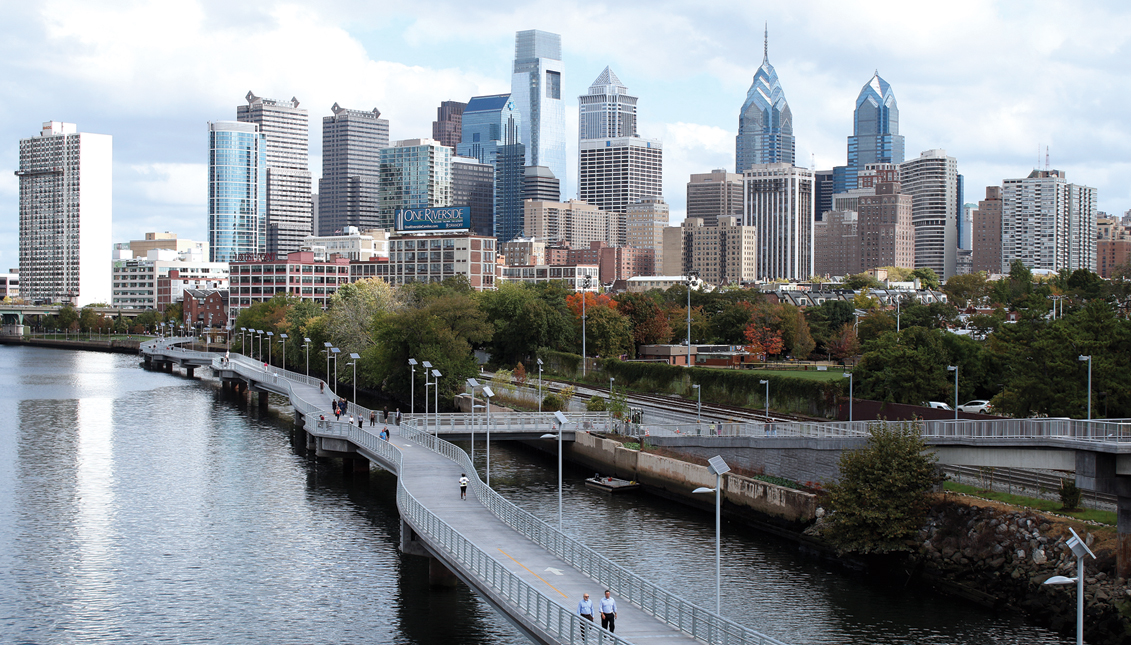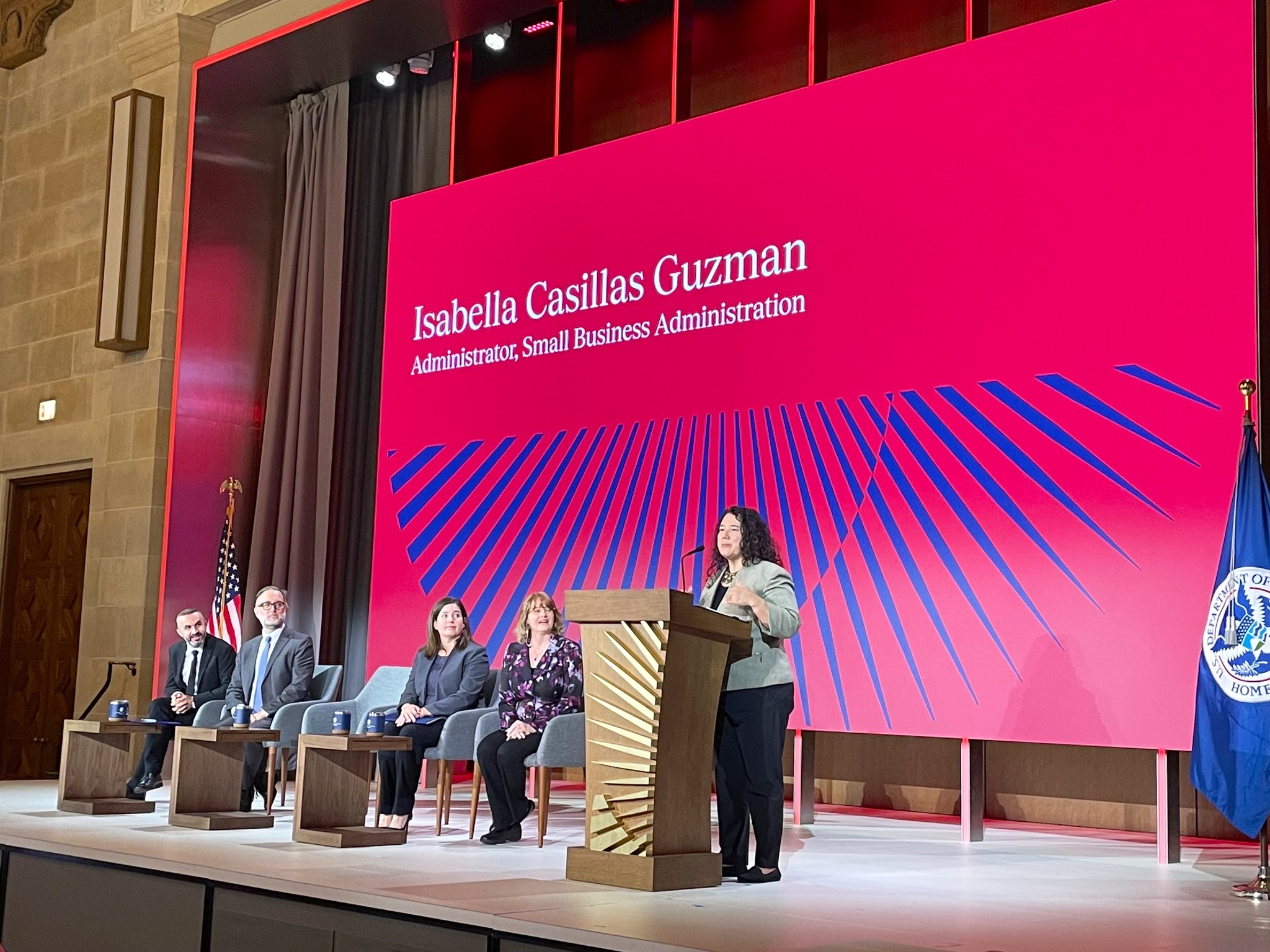
How does air quality affect you? A discussion with some of Philadelphia’s leading voices
Experts from the University of Pennsylvania, Congreso and DVRPC talked about how air quality amplifies inequalities found in Philadelphia’s underrepresented…
Because of its spot in the Northeastern U.S., Philadelphia often finds itself with some of the poorest air quality in the nation.
“Philadelphia is typically in the top-25 most ozone and fine particle-polluted cities and regions in the nation,” said Sean Greene, Manager of the Air Quality Program at the Delaware Valley Regional Planning Commission (DVRPC)
Greene, who was taking part in AL DÍA’s most recent RoundTable Talk about air quality alongside the University of Pennsylvania’s Dr. Marilyn Howarth and Congreso’s Judith Emmons, pointed to a number of reasons as to why the Philadelphia region struggles.
To start, it is one of the most developed regions in the country in terms of industry. The way goods and services move via highway, boat or train is a major contributor to the pollution pumped into the air.
Weather patterns also don’t help Philadelphia according to Greene, as pollution put into the atmosphere by power plants in the South and Midwest gets blown into the region by prevailing winds.
Before it closed in 2019, the Philadelphia Refinery in South Philadelphia was also the major industrial source of air pollution in the city. Annually, it released up to 470,000 pounds of toxic air emissions into the atmosphere.
“Those are the kinds of toxic air emissions that we’re talking about when we think about the impact on cancer, heart disease and asthma,” said Dr. Howarth, the Director for Community Engagement at the University of Pennsylvania’s Center of Excellence in Environmental Toxicology.
Inhabitants exposed to those toxic emissions over long periods of time show higher rates of cancer, heart disease and asthma.
Those higher rates because of air pollution also lead to more premature deaths.
“It’s really right now one of the biggest environmental risks for early death,” said Emmons, the Director of Primary Care at Congreso Health Center.
She went on to cite that globally, poor air quality can be responsible for up to 5 million premature deaths per year.
Yet it’s something many don’t think about on a daily basis.
“Breathing is automatic,” said Howarth. “We breathe in air and whatever is in that air actually gets in.”
It gets into our lungs, and from there, into our bloodstream.
To track air quality on any given day in the Philadelphia region, DVRPC publishes a daily air quality report through its Air Quality Partnership. The Environmental Protection Agency, in partnership with state and local organizations, measures and distributes the data to the general public through a variety of different mediums on the web and television.
It compiles the quality rating by measuring pollutants in the air like particle pollution and ground-level ozone.
Some of the highest measurements of pollutants in Philadelphia come from areas with high Latinx populations.
This creates a massive chain reaction within the community when it comes to healthcare and wellness.
With air pollution as a contributing factor, Latinx communities have disproportionate ratios of respiratory illness and heart disease.
The lack of adequate primary care, whether it be because of a language barrier or uncertainty over immigration status, leaves many of the aforementioned pre-existing conditions unaddressed during regular doctor visits.
When these conditions go unaddressed, it leads to more preventable hospitalizations and more serious outcomes.
RELATED CONTENT
“Latinx communities are really on the frontlines of the environmental pollution war right now, and including those in Philadelphia,” said Emmons.
In regards to more severe health outcomes, that can be seen when looking at how the coronavirus pandemic has swept through Latinx communities across the country.
According to data from the CDC, Latinx people comprised 33% of all COVID-19 cases in the U.S. Overall, the Latinx population makes up a little more than 18% of the entire U.S. population.
At Congreso Health Center, one of Philadelphia’s public coronavirus testing centers that is in a federally-designated medically-underserved community in North Philadelphia, Emmons sees firsthand how both pre-existing conditions and the place of Latinx workers in essential jobs puts the community at a higher risk.
In one instance after an outbreak of COVID-19 at a meat-packing plant, the health center saw an influx of essential workers that were scared because of their mixed legal statuses.
“What are the effects of this? What happens when I get a coronavirus test? Where does that information go?” were some of the frequently asked questions.
The key to bridging that gap according to Emmons is to one, have more health centers available for communities like the Latinx community, and make sure they provide the culturally competent care that is necessary to cater to the community.
As for air quality, DVRPC partners with many community organizations across Philadelphia’s underserved communities to get the word out about its importance, and its daily measurements through the Air Quality Partnership.
For Greene, the measurements and tips it provides could change how Philadelphians choose to think about and expose themselves and their families to poor air in their neighborhoods.
It could also help them realize how they contribute to the air quality and change their habits so they don’t put as much pollution into the air. If enough do that, Philadelphia could lose its label as one of the most air polluted parts of the country.

This article is part of Broke in Philly, a collaborative reporting project among more than 20 news organizations, focused on economic mobility in Philadelphia. Read all of our reporting at brokeinphilly.org.











LEAVE A COMMENT:
Join the discussion! Leave a comment.